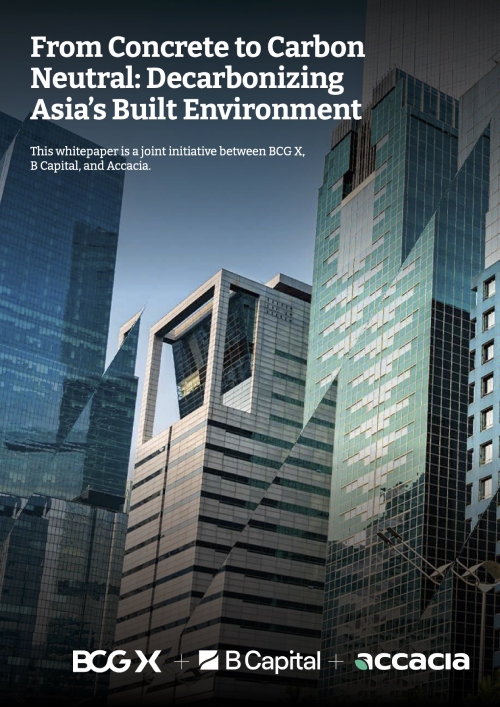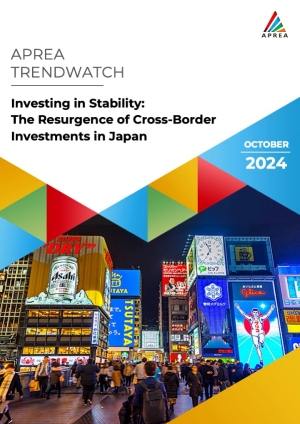India's education sector, forecast to reach a market size of USD 313 billion by FY2029-30, is experiencing rapid growth, driven by a robust economy, burgeoning population and urbanisation, rising per capita incomes, and conducive government policies.
The country’s comprehensive education system is characterised by its scale and breadth, with 1.49 million K-12 schools educating approximately 265 million students. Additionally, its higher education sector is among the largest globally, encompassing nearly 59,000 institutions and enrolling an estimated 43 million students.
As a cornerstone of economic development, India's education sector has garnered substantial interest from both public and private stakeholders. The government's commitment to education, as evidenced by the significant budgetary allocation over the years, is expected to foster further growth. Moreover, the sector has witnessed significant foreign direct investment (FDI) equity inflows of USD 9.5 billion since 2000.
While these developments are encouraging, achieving the ambitious objectives outlined in the National Education Policy 2020 necessitates a further strategic increase in budgetary expenditure - a gradual increase in education spending from 2.7% of the country’s GDP in FY2023-24 to the targeted 6% is imperative to ensure the sector's sustained progress.
Notably, India’s education sector prioritises social good over profit generation, involving a combination of ‘not-for-profit' activities and ‘for-profit’ administration. Private entities play a significant role by contributing through various business models, encompassing infrastructure and facilities development, strategic investments for expansion, or the provision of management and administrative services.
As the sector grows, there is a corresponding need to strengthen educational infrastructure across the country, presenting significant opportunities for real estate developers and investors.
CBRE India conducted a real estate opportunity assessment to evaluate the additional space requirement of K-12 and higher education institutions that can accommodate the projected growth in student enrolment in India. Our real estate opportunity assessment for India’s education sector indicates an estimated 4+ billion sq. ft. of additional space requirement by 2034-35.
DOWNLOAD THE REPORT Read MoreThe US Central Bank has lowered interest rates by half a percent for the first time in four years. Some markets across the Asia Pacific region have followed suit or are planning to do so in the coming quarter.
In Q3 2024, the office sector experienced the most movements in cap rates in the region, with 8 out of 18 cities covered in this report reporting changes.
Key Highlights in Q3 2024
Office sector
Retail sector
Industrial sector
Buildings contribute 40% of global carbon emissions, with Asia representing half of the world’s real estate markets. This whitepaper presents an Asia-first approach to decarbonizing the region’s built environment, addressing rapid urbanization and fragmented geographies through industry case studies. It outlines key strategies, highlights capital investment opportunities, and offers a roadmap for sustainable growth.
While venture capital in sustainable building tech is rising globally, Asian startups secure only 10% of this funding. Technology-led solutions are critical to helping Asia leapfrog towards decarbonization, with both venture capital and corporate initiatives playing essential roles. This transition is estimated to represent a $47 trillion opportunity.

Japan has re-emerged as a prime destination for cross-border investments, offering stability, low interest rates, and attractive yields. Sectors like logistics, residential, and high-grade office spaces are drawing interest, driven by e-commerce growth, an aging population, and demand for premium assets.
With favorable financing and a resilient market outlook, Japan’s real estate sector presents opportunities for long-term value, bolstered by strategic government initiatives and economic reforms.

Over the course of 2024, CBRE has been tracking the emergence of a curious phenomenon across the Asia Pacific retail property market.
Despite slower retail sales growth, subdued consumer confidence, and a raft of negative headlines about certain retailers’ weaker-than-expected performance, retailers across a range of categories continue to aggressively seek expansion opportunities; a trend that is pulling down prime vacancy and driving up rents.
This Viewpoint explains the factors driving this trend and provides recommendations to retail landlords and occupiers seeking to chart a course through what is an increasingly complex marketplace.
Download the Report Read More